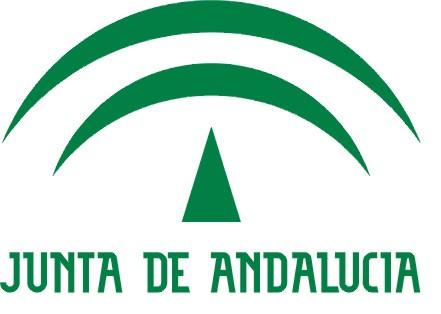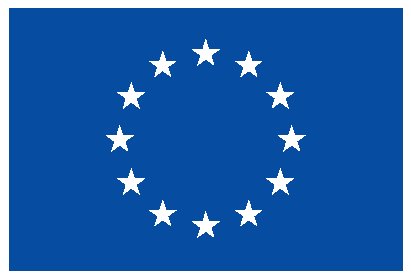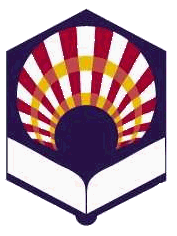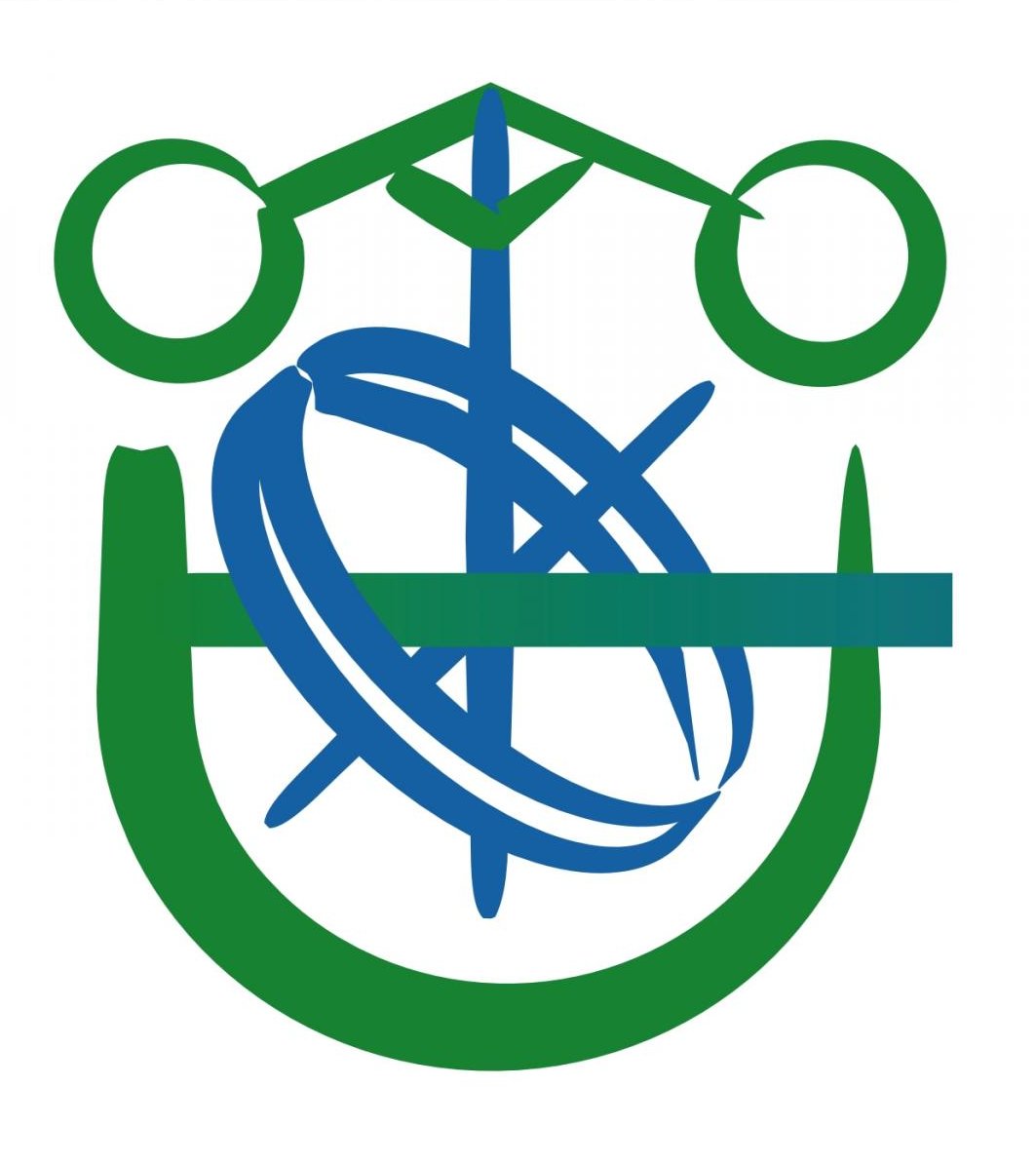Use of artificial intelligence as an innovative donor-recipient matching model for liver transplantation: Results from a multicenter Spanish study
Hits: 9217
- Research areas:
- Year:
- 2014
- Type of Publication:
- Article
- Keywords:
- Artificial intelligence, Allocation, Survival, Prediction, Optimization
- Authors:
-
- Briceño, Javier
- Cruz-Ramírez, Manuel
- Prieto, Martín
- Navasa, Miguel
- de Urbina, Jorge Ortiz
- Orti, Rafael
- Gómez-Bravo, Miguel-Ángel
- Otero, Alejandra
- Varo, Evaristo
- Tomé, Santiago
- Clemente, Gerardo
- Bañares, Rafael
- Bárcena, Rafael
- Cuervas-Mons, Valentín
- Solórzano, Guillermo
- Vinaixa, Carmen
- Rubín, Ángel
- Colmenero, Jordi
- Valdivieso, Andrés
- Ciria, Rubén
- Hervás-Martínez, César
- de la Mata, Manuel
- BibTex:
- Abstract:
- Background & Aims: There is an increasing discrepancy between the number of potential liver graft recipients and the number of organs available. Organ allocation should follow the concept of benefit of survival, avoiding human-innate subjectivity. The aim of this study is to use artificial-neural-networks (ANNs) for donor-recipient (D-R) matching in liver transplantation (LT) and to compare its accuracy with validated scores (MELD, D-MELD, DRI, P-SOFT, SOFT, and BAR) of graft survival. Methods: 64 donor and recipient variables from a set of 1003 LTs from a multicenter study including 11 Spanish centres were included. For each D-R pair, common statistics (simple and multiple regression models) and ANN formulae for two non-complementary probability-models of 3-month graft-survival and -loss were calculated: a positive-survival (NN-CCR) and a negative-loss (NN-MS) model. The NN models were obtained by using the Neural Net Evolutionary Programming (NNEP) algorithm. Additionally, receiver-operating-curves (ROC) were performed to validate ANNs against other scores. Results: Optimal results for NN-CCR and NN-MS models were obtained, with the best performance in predicting the probability of graft-survival (90.79%) and -loss (71.42%) for each D-R pair, significantly improving results from multiple regressions. ROC curves for 3-months graft-survival and –loss predictions were significantly more accurate for ANN than for other scores in both NN-CCR (AUROC-ANN = 0.80 vs. –MELD = 0.50; -D-MELD = 0.54; -P-SOFT = 0.54; -SOFT = 0.55; –BAR = 0.67 and -DRI = 0.42) and NN-MS (AUROC-ANN = 0.82 vs. –MELD = 0.41; -D-MELD = 0.47; -P-SOFT = 0.43; -SOFT = 0.57, -BAR = 0.61 and -DRI = 0.48). Conclusions: ANNs may be considered a powerful decision-making technology for this dataset, optimizing the principles of justice, efficiency and equity. This may be a useful tool for predicting the 3-month outcome and a potential research area for future D-R matching models.







